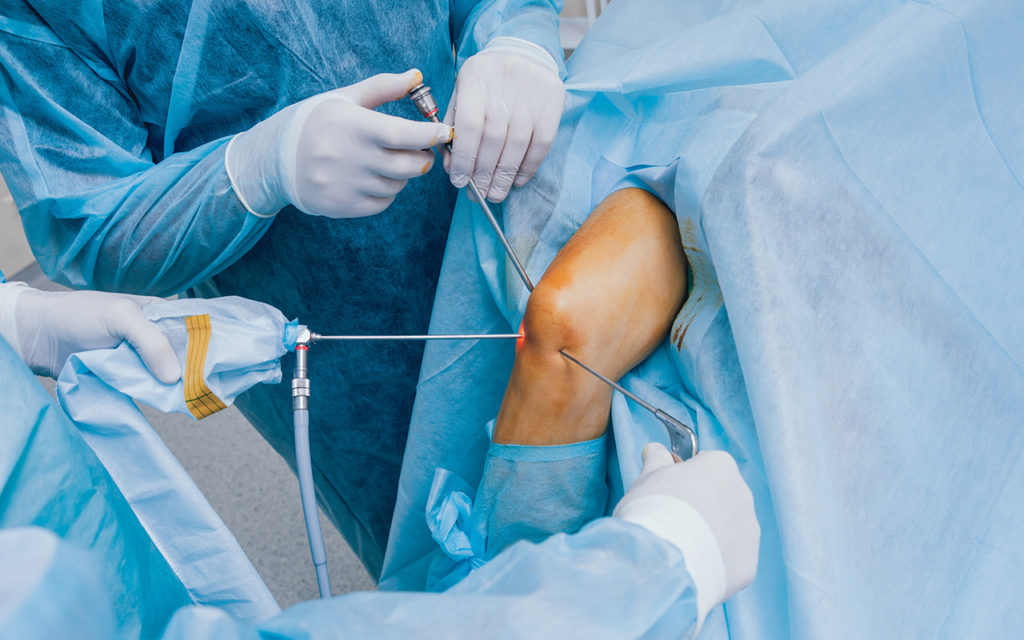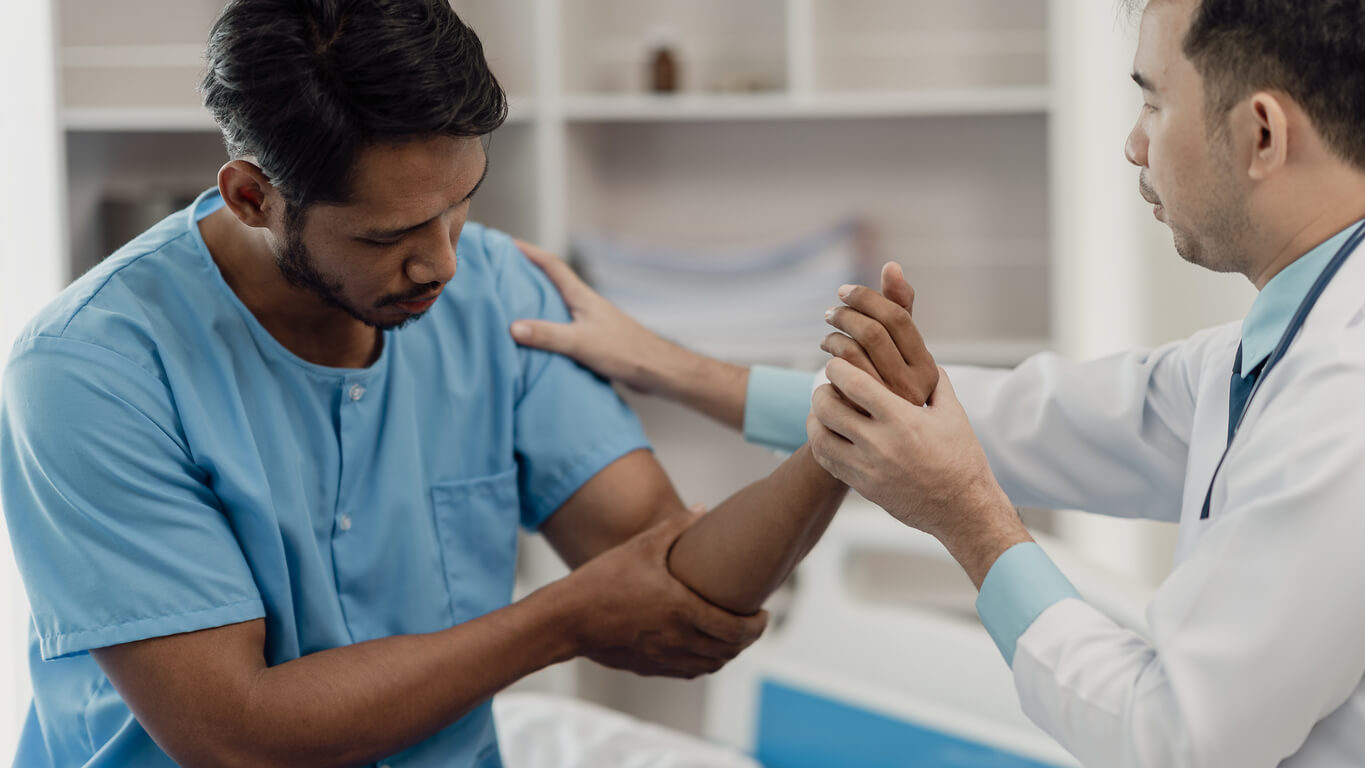Maintaining strong and healthy pelvic floor muscles is vital for everyday activities, core stability, and bladder and bowel control. Pelvic Floor Conditions encompass a range of dysfunctions that can significantly impact quality of life, from mild discomfort to severe pain and incontinence. This guide delves into the most common Pelvic Floor Conditions, explores risk factors, outlines diagnosis and treatment options, and offers practical prevention tips to support lasting pelvic health.
What Are Pelvic Floor Conditions?
Pelvic Floor Conditions refer to disorders affecting the group of muscles, ligaments, and connective tissues that support the bladder, uterus (in women), prostate (in men), and rectum. When these structures weaken or become damaged, a variety of symptoms can emerge, such as leakage of urine, pelvic pressure, or lower back pain. Understanding these conditions is the first step toward timely intervention and improved well-being.
Common Types of Pelvic Floor Conditions
Diastasis Recti: Diastasis recti is the separation of the left and right sides of the rectus abdominis muscle along the linea alba, resulting in a visible “ridge” or gap at the midline of the abdomen. While most often associated with pregnancy and postpartum recovery, diastasis recti can also occur in men and infants due to factors like rapid weight fluctuation, heavy lifting with improper form, or performing abdominal exercises with poor posture. Symptoms include lower back pain, poor posture, and the appearance of a bulging belly when straining.
Pelvic Organ Prolapse: Pelvic organ prolapse occurs when pelvic organs—such as the bladder, uterus, or rectum—descend into or outside of the vaginal canal due to weakened supportive tissues. Women who have undergone multiple vaginal deliveries, experienced prolonged labor, or faced chronic constipation are at higher risk. Common signs include a feeling of heaviness in the pelvic area, bulging sensation, and urinary or fecal incontinence.
Urinary Incontinence: Urinary incontinence is the involuntary leakage of urine and is classified into stress, urge, overflow, and mixed types. Stress incontinence involves leakage during activities that increase intra-abdominal pressure (e.g., coughing, sneezing), while urge incontinence is characterized by sudden, intense urges to urinate. Risk factors include aging, obesity, pelvic surgery, and neurological conditions.
Fecal Incontinence: Fecal incontinence is the inability to control bowel movements, leading to unexpected leakage of stool. This condition can arise from nerve damage, severe constipation, or muscle trauma—often related to childbirth injuries or pelvic surgery. Patients may experience embarrassment, skin irritation, and social isolation.
Chronic Pelvic Pain: Chronic pelvic pain is non-cyclical pain in the pelvic region lasting more than six months. It may be associated with endometriosis, interstitial cystitis (painful bladder syndrome), or musculoskeletal dysfunction of the pelvic floor muscles themselves (often presenting as hypertonicity or muscle spasm). Symptoms include dull, aching pain, painful intercourse, and difficulty with bowel or bladder function.
Causes and Risk Factors
Understanding what contributes to Pelvic Floor Conditions helps guide prevention and treatment:
- Pregnancy and Childbirth: The weight of the growing fetus and the process of vaginal delivery stretch and strain pelvic floor tissues.
- Aging and Menopause: Declining estrogen levels contribute to tissue weakening.
- Obesity: Excess body weight increases intra-abdominal pressure, placing added stress on pelvic supports.
- Chronic Constipation or Coughing: Persistent straining can lead to muscle damage or prolapse.
- Heavy Lifting & Poor Exercise Form: Weightlifting or high-intensity abdominal workouts without proper technique can exacerbate diastasis recti or pelvic muscle strain.
- Surgery or Trauma: Pelvic surgeries (e.g., hysterectomy) and traumatic injuries can compromise nerve and muscle integrity.
Symptoms and Diagnosis
Early recognition of Pelvic Floor Conditions enhances treatment success. Common symptoms include:
- Pelvic or lower back pain
- A bulge or pressure in the vaginal or rectal area
- Involuntary urine or stool leakage
- Difficulty initiating urination or bowel movements
- Poor core stability and posture
Diagnostic approaches typically involve:
- Medical History & Physical Exam: Assessment of symptom onset, severity, and impact on daily life.
- Pelvic Floor Muscle Examination: A trained practitioner evaluates muscle tone, strength, and coordination via internal palpation or surface EMG.
- Imaging Studies: Ultrasound or MRI to visualize muscle separation (diastasis recti) or organ prolapse.
- Urodynamic Testing: Measures bladder and urethral function for urinary incontinence.
Treatment Options and Management
Pelvic Floor Physical Therapy
Pelvic floor physical therapists design individualized exercise programs to:
- Strengthen weakened muscles (e.g., Kegel exercises)
- Release overactive muscles through manual techniques
- Correct posture and movement patterns
- Address diastasis recti through targeted core rehabilitation
Biofeedback and Electrical Stimulation
Biofeedback devices provide visual or auditory cues to help patients engage the correct pelvic muscles. Electrical stimulation can facilitate muscle activation when voluntary contraction is difficult.
Medications and Minimally Invasive Procedures
- Topical Estrogen: Improves tissue health in postmenopausal women.
- Anticholinergics or Beta-3 Agonists: Manage urge incontinence by relaxing bladder muscles.
- Bulking Agents: Injectable materials that bulk up the urethral walls to reduce stress urinary leakage.
Surgical Interventions
For severe cases unresponsive to conservative measures:
- Mesh or Native Tissue Repair: Restores support for pelvic prolapse.
- Rectus Abdominis Repair: Narrows the midline gap in diastasis recti.
- Sling Procedures: Provides support under the urethra to treat stress incontinence.
Prevention and Self-Care Tips
Consistent self-care can reduce the likelihood or severity of Pelvic Floor Conditions:
- Practice Proper Lifting Techniques: Engage your core and exhale during exertion.
- Maintain a Healthy Weight: Reduces chronic pressure on pelvic tissues.
- Regular Pelvic Floor Exercises: Incorporate Kegels and gentle core work into your routine.
- Avoid Chronic Straining: Manage constipation with high-fiber diet and hydration.
- Posture and Body Mechanics: Sit and stand tall, distribute weight evenly, and take frequent breaks from prolonged sitting.
- Pre- and Postnatal Care: Seek pelvic floor–focused guidance during and after pregnancy to promote optimal recovery.
Takeaway
Addressing Pelvic Floor Conditions early can transform outcomes and restore confidence. Whether you’re experiencing mild postpartum diastasis recti or more complex pelvic organ prolapse, specialized pelvic floor therapy and evidence-based treatments are available. Ready to take control of your pelvic health?
Schedule a Consultation Today to receive a personalized evaluation and treatment plan from our certified pelvic health specialists. Empower yourself with the knowledge and support needed for lasting relief and enhanced well-being.






